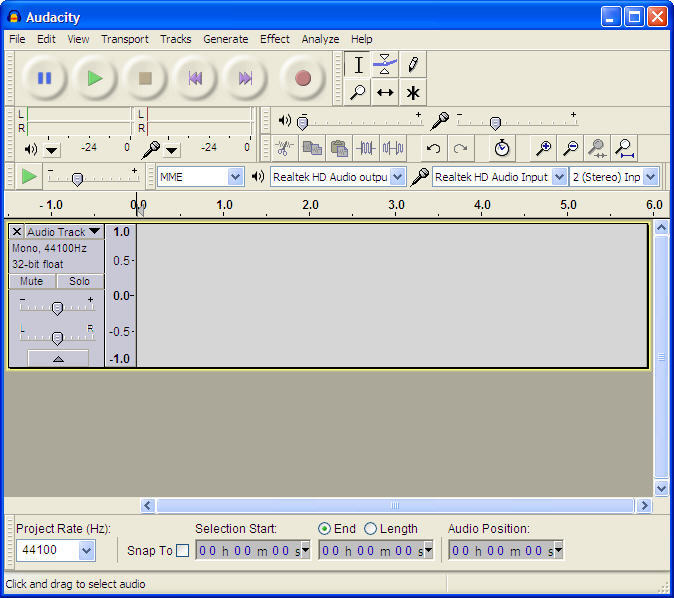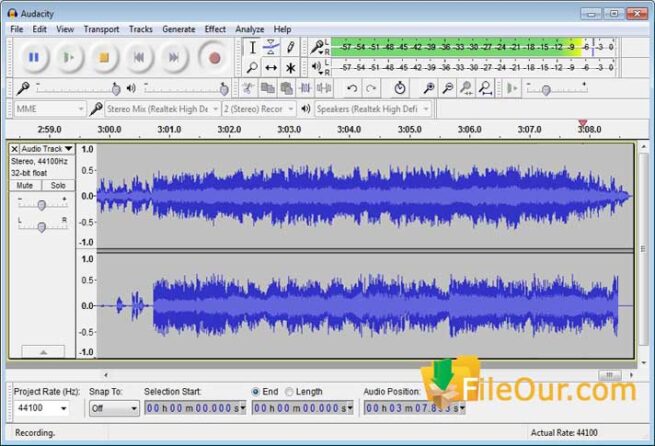

technology similar in function to ReplayGain.

ReplayGain analysis can be performed on individual tracks, so that all tracks will be of equal volume on playback. The more recent EBU R 128 suggests 23 dB. In contrast, the SMPTE RP 200:2002, on which the ReplayGain reference was originally based, recommends 20 dB of headroom. ReplayGain nominally plays at -14 dB relative to full-scale leaving 14 dB of headroom for reproduction of dynamic material.

Ī more common means of specifying a reference level is relative to a full-scale signal.
#Download lame for audacity for mac movie#
The SPL reference comes from a SMPTE recommendation used to calibrate playback levels in movie theaters. The target loudness of ReplayGain utilities is 89 dB sound pressure level. Some lossy audio formats, such as MP3, are structured in a way that they encode the volume of each compressed frame in a stream, and tools such as MP3Gain take advantage of this for directly applying the gain adjustment to MP3 files, adding undo information so that the process is reversible. Alternatively, a tool can amplify or attenuate the data itself and save the result to another, gain-adjusted audio file this is not perfectly reversible in most cases. ReplayGain utilities usually add metadata to the audio files without altering the original audio data. Other formats such as AAC and WMA use their native tag formats with a specially formatted tag entry listing the track's replay gain and peak loudness. FLAC and Ogg Vorbis use the REPLAYGAIN_* Vorbis comment fields. Most implementations now use tags for ReplayGain information. The original ReplayGain proposal specified an 8- byte field in the header of any file. The peak level metadata can be used to prevent gain adjustments from inducing clipping in the playback device. ReplayGain-capable audio players use the replay gain metadata to automatically attenuate or amplify the signal on a per-track or per-album basis such that tracks or albums play at a similar loudness level. Typically, the replay gain and peak level values are then stored as metadata in the audio file. The difference between the measured perceived loudness and the desired target loudness is calculated this is considered the ideal replay gain value. Equal-loudness contours are used to compensate for frequency effects and statistical analysis is used to accommodate for effects related to time. ReplayGain works by first performing a psychoacoustic analysis of an entire audio track or album to measure peak level and perceived loudness.


 0 kommentar(er)
0 kommentar(er)
